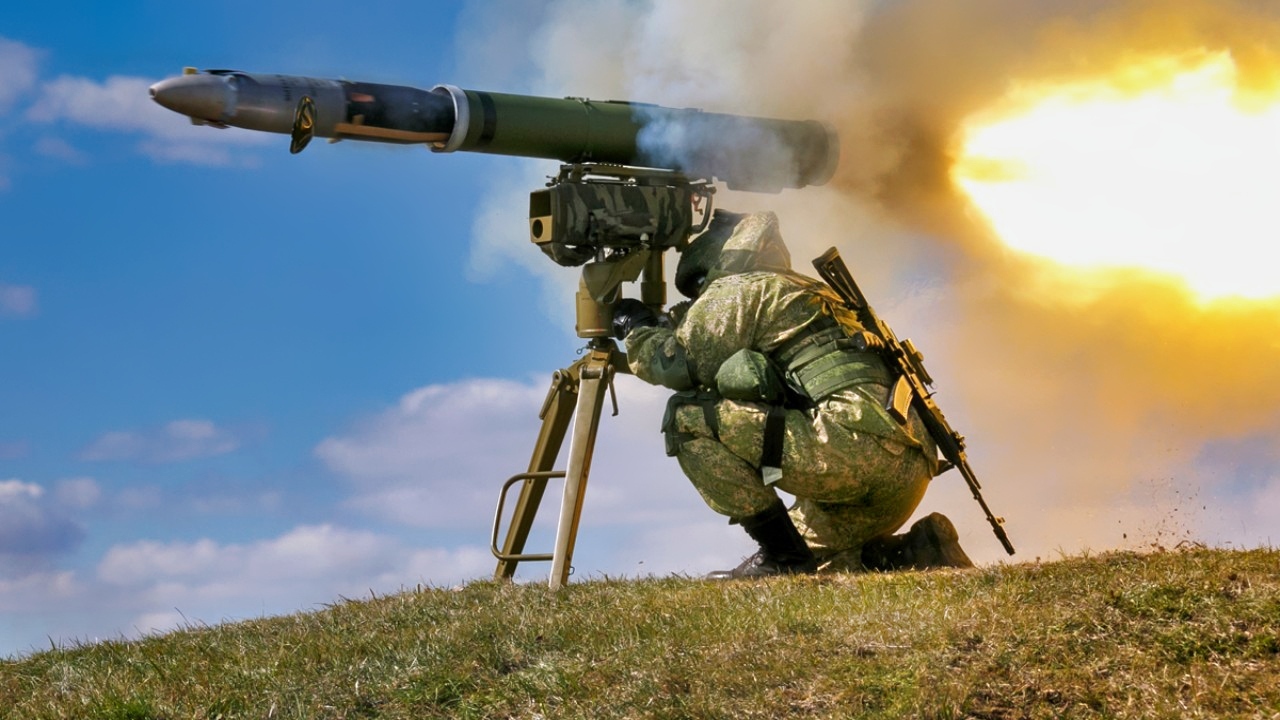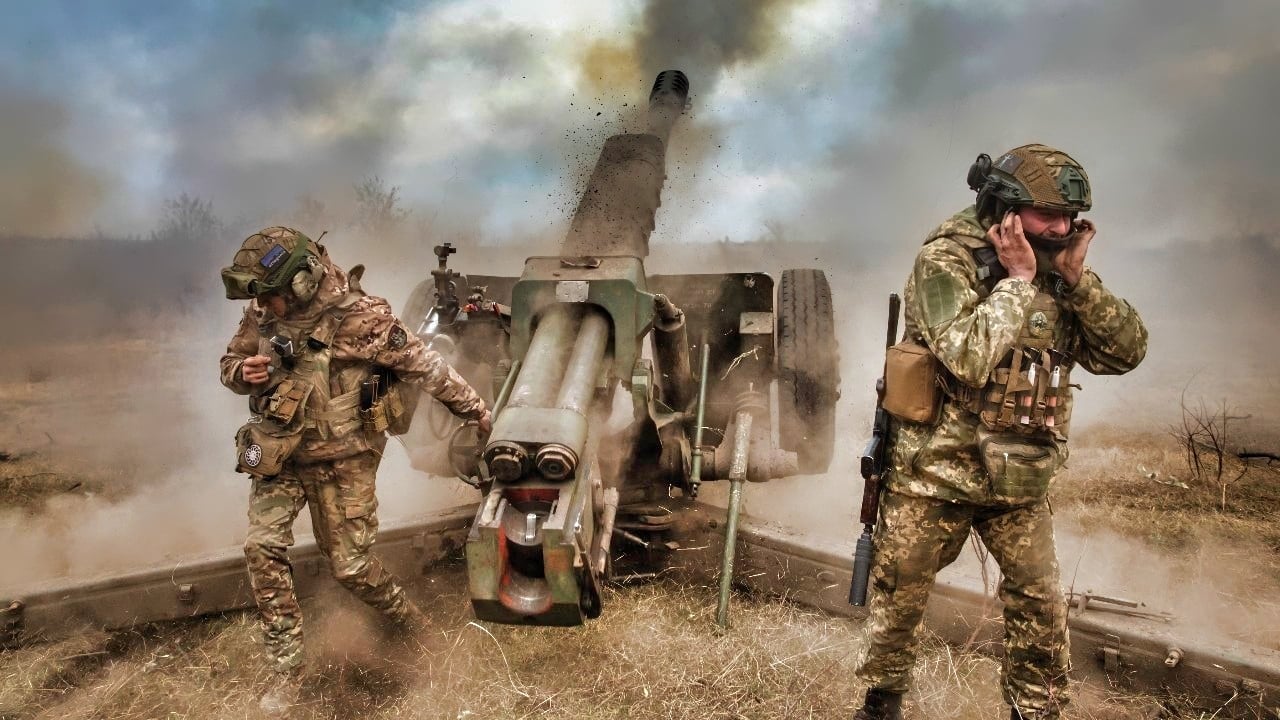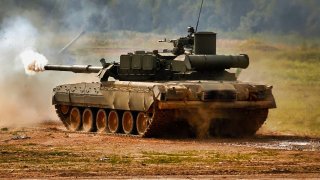Ukraine War at 1,000 Days: 700,000 Dead or Wounded for Russia
One thousand days into Russia’s full-scale invasion of Ukraine, the war has reshaped European history and global defense dynamics. Casualties have soared, with Russia reportedly losing around 725,000 personnel and significant quantities of military hardware, while Ukraine's losses are estimated at 300,000-400,000.
What You Need to Know: One thousand days into Russia’s full-scale invasion of Ukraine, the war has reshaped European history and global defense dynamics. Casualties have soared, with Russia reportedly losing around 725,000 personnel and significant quantities of military hardware, while Ukraine's losses are estimated at 300,000-400,000.

-Russia's military capabilities have been significantly degraded, raising questions about its "near-peer" status. Meanwhile, NATO has been revitalized, with expanded membership, increased defense spending, and a renewed sense of purpose.
-Despite devastating losses, both sides remain committed to achieving their objectives, suggesting the conflict will continue indefinitely.
How Ukraine Reshaped Global Defense
On February 24, 2022, the Russian military launched its large-scale invasion of Ukraine. One thousand days have passed since that day. A day that brought the largest conflict on European soil since World War Two. It was a day that changed the course of European history and broadened into the conflict indirectly in support of Ukraine dozens of countries, including the United States. A day that often threatens to spark a wider conflict with catastrophic results.
So, what has happened in these 1,000 days of bitter fighting?
1,000 Days of Fighting in the Ukraine War
To begin with, a lot of people have died and been wounded far more on the Russian side rather than the Ukrainian.
The latest estimates put the number of Russian military losses to approximately 725,000 killed and wounded. This figure averages 725 casualties per day, or around an infantry battalion lost every day of fighting. And the average will only go up given the fact that the Russian forces have been currently losing over 1,500 men per day, sometimes as close as 2,000 per day. At this rate, the Russian forces will close the year with almost 800,000 casualties.
Russia’s losses aren’t limited to just human flesh. The Russian military has lost tens of thousands of heavy weapon systems, including main battle tanks, a guided-missile cruiser, a submarine, fighter jets, and nuclear-capable strategic bombers. The Russian forces have lost so much heavy weaponry that they had to unearth obsolete tanks, infantry fighting vehicles, and artillery guns designed and built more than sixty years ago.
In many ways, in the fighting in Ukraine, the Russian military has lost most of its modern warfare capabilities, especially ground and special operations capabilities, and it will take years and billions of dollars to rebuild them.
To be sure, Ukraine has been taking heavy losses as well. Kyiv has been much more guarded about its casualties. Nevertheless, it is safe to assume that the Ukrainian forces have lost around 300,000 to 400,000 men in the fighting, or about half the losses of the Russians.
However, there is a difference between the casualties of the two combatants: the Ukrainians have more wounded than killed in action than the Russians. It boils down to the fact that the Ukrainians care more about their troops and provide better medical support than the Russian forces, which often send men to attack Ukrainian fortified positions using World War One tactics.
A Near-Peer Adversary or a Paper Tiger?
Another thing that 1,000 days of fighting in Ukraine has done is to question the near-peer status of the Russian military. Specifically, its conventional capabilities, Russia continues to maintain the largest nuclear arsenal in the world.

Despite fighting a numerically smaller and qualitatively inferior adversary, at least in the beginning before billions of dollars worth of Western military aid arrived, the Russian military has achieved little and none of its strategic objectives. Moreover, the fighting in Ukraine has shown that the Russian military doesn’t have the leadership, personnel infrastructure, and capabilities to fight a maneuver warfare campaign.
U.S. military doctrine is all about maneuver warfare, using surprise and violence of action to gain momentum on the ground and drive hard till all objectives are met. The Russian military, facts have shown, can’t do that. As such, it probably shouldn’t be considered a near-peer adversary to the U.S. regarding conventional capabilities.
Rekindling NATO
Another thing that has happened during these 1,000 days of fighting is that NATO has one more purpose. Created to counter the emerging Soviet Union and the Warsaw Pact, NATO lost its main purpose after the Soviet Union collapsed. The war in Afghanistan somewhat rekindled NATO’s reason d’etre, but the full-scale invasion of Russia lit the beacons high and bright.
Sweden and Finland joined NATO (despite Turkey’s attempts to derail their admission), further strengthening the alliance. NATO member states have increased their defense spending, investing in important logistical and munition production capabilities that make the transatlantic alliance more robust.
Most importantly, NATO leaders have realized that peace and freedom aren’t granted and that a fight to secure them is possible. That realization has led to honest reflections about the capabilities and weaknesses of each member state. Today, NATO seems much more ready to go to war if necessary.
A thousand days of fighting has caused much suffering in Ukraine and Russia. However, it has also revealed things about the capabilities of Moscow and the determination of NATO to defend itself. Currently, there is no end in sight. Both combatants seem determined to continue fighting for as long as possible to achieve their objectives. Considering the nature of politics in Russia, President Vladimir Putin has much less room to negotiate and accept something that looks like a defeat. As such, the war will go on.
About the Author
Stavros Atlamazoglou is a seasoned defense journalist specializing in special operations and a Hellenic Army veteran (national service with the 575th Marine Battalion and Army HQ). He holds a BA from Johns Hopkins University and an MA from the Johns Hopkins School of Advanced International Studies (SAIS). His work has been featured in Business Insider, Sandboxx, and SOFREP.
Image Credit: Creative Commons and/or Shutterstock.


